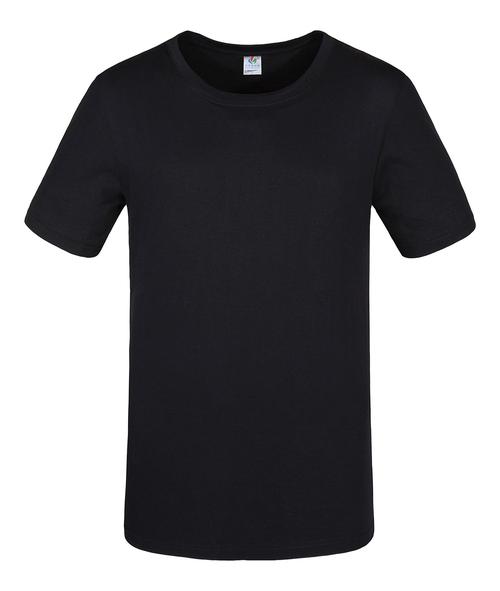Low-price customized clothes may face some quality problems. The main reasons are as follows:
1. Limited material selection: Low-price customized clothes usually use cheaper materials. materials to reduce costs. These materials may not be of high quality and may be easily damaged or worn. For example, low-priced custom-made shirts may be made of low-quality cotton that is prone to pilling, fading, or deformation.
2. Rough workmanship: In order to reduce costs and save time, low-price customization may use simplified processes or ignore details. This may lead to problems such as weak sewing, loose threads, and weak buttons. In addition, low-price customization may not undergo strict quality control, resulting in uneven product quality.
3. Inaccurate sizing: Low-price customization often uses standard sizes for cutting rather than customizing to the specific measurements of individual customers. This means there may be some inaccuracies in how the clothing adapts to an individual’s body shape, which may result in the clothing being ill-fitting or uncomfortable.
4. Limited design options: In order to reduce costs, low-price customization usually provides limited design options and cannot meet the personalized needs of individual customers. This can result in consumers not getting the desired fit and style.
5. Unchangeable or difficult to return: Since low-price customization is usually cut according to the specific dimensions provided by the customer, the clothes are often customized according to the customer’s requirements. , not easy to change or return. Once a customer discovers a quality problem with the clothes, it will be more difficult to resolve and may require additional time and money.
In order to avoid these quality problems, consumers are advised to pay attention to the following points when choosing low-price customization:
1. Choose a custom shop with a good reputation: Choosing a custom shop with a good reputation and reputation can reduce the risk of quality problems.
2. Pay attention to the quality of materials: Before placing an order, consult the custom shop about the materials used to understand the quality and durability of the clothes.
3. Pay attention to size selection: Provide accurate and detailed size information to ensure that customized clothes fit individual body shapes.
4. Careful inspection: When the clothes arrive, carefully check their quality and workmanship, contact the custom shop promptly and ask questions.
In short, low-priced customized clothes may cause some quality problems, but through reasonable selection and communication, consumers can reduce these risks and obtain satisfactory results. customized product.







